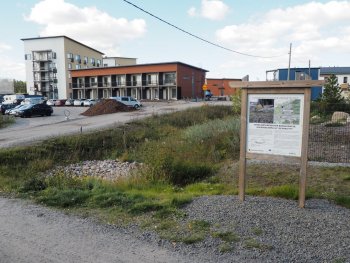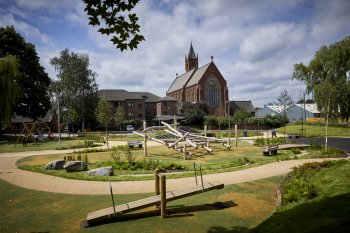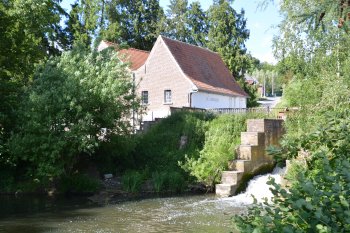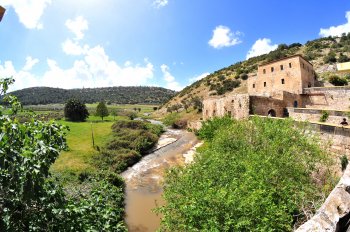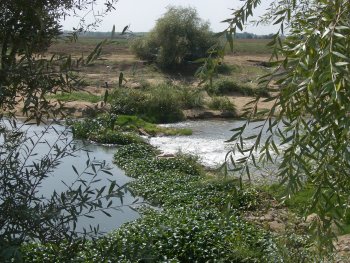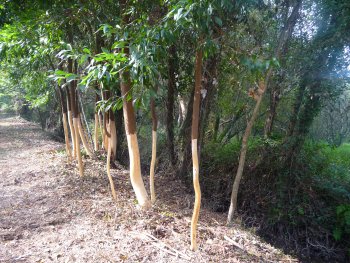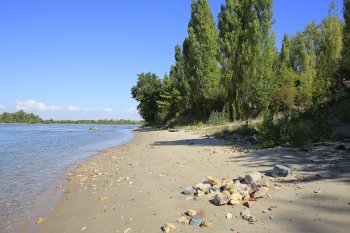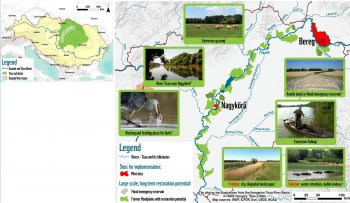UNaLab - Biofilter, Vuores, Tampere, Finland
A biofilter was implemented in Vuores to treat urban runoff and runoff from a nearby dog park. The biofilter uses sand as filtering media and the vegetation planted on top of the filter includes plants that tolerate changing moisture conditions. The biofilter is equipped with the information sign explaining the nature-based solution and its functions.

